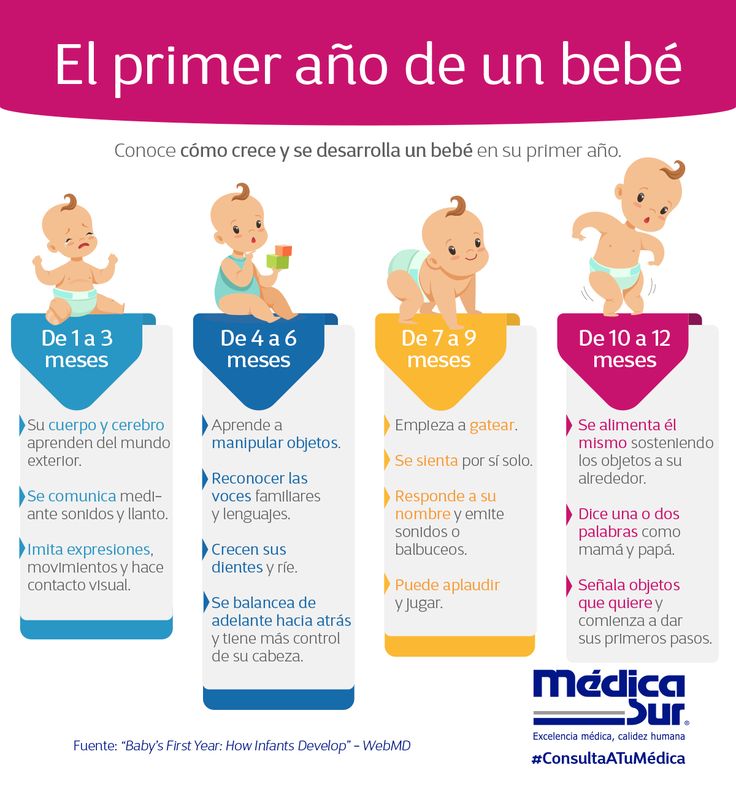Juegos
Foto: IG @bannortoys
Tener un bebé de 11 meses significa que ya no es un recién nacido y que está por descubrir un cierto grado de independencia; es el momento de darle rienda suelta a su curiosidad, por lo que no dudará en explorar y conocer todo aquello que lo rodea para conocer su entorno.
A esta edad, el pequeño adquiere ciertas habilidades muy importantes para su futuro, como sentarse sin ayuda o pararse cuando así lo decida. Ha descubierto que puede gatear o agarrarse de los muebles para llegar al lugar donde quiera.
También es capaz de estirarse y tomar los objetos que desee con su pulgar e índice, y esto es un reflejo de que tiene una mejor coordinación mano-ojo; puede tomar los objetos con las manos y golpearlos entre sí o colocarlos en un recipiente (meter y sacar cosas a diestra y siniestra es una de sus cosas favoritas).
Incluso, empieza a mejorar sus habilidades de lenguaje, ya es un experto al mostrar lo que necesita a través de su cuerpo, pero ahora empieza con las palabras más estructuradas como papá, mamá o abu.
Además, su cerebro está madurando rápidamente al comprender la permanencia de objetos; a entender que aunque no nos vea, sabe que estaremos ahí con él; puede imitar cada uno de nuestras manías o acciones.
Debido a que los 11 meses es una etapa importante de la vida, es necesario jugar con nuestro hijo a través de actividades que le ayuden a fortalecer todos estos hitos importantes de su crecimiento, como las siguientes ideas.
Lo ideal es describir las cosas, hacer preguntas y esperar (aunque sea con la cabeza) una respuesta de él y enseguida darle la respuesta correcta o reafirmarla.
2. Jugar con bloques.
Poner un bloque encima de otro o construir algo que puede derribar después, es muy llamativo y divertido para él.
3. Leer cuentos con textura.
Elijamos libros que vayan de acuerdo a su edad (con solapas, texturas, dibujos grandes y personajes con expresiones marcadas) y lo importante es evitar forzarlo, debe ser algo natural que le agrade. Al leer, intentemos hacer varias voces y gestos.
4. Juguetes de encaje.
Son aquellos que tienen orificios para meter elementos, puede ser una caja de cartón con hoyos para que encaje palitos de paleta, pompones de estambre, etc.
5. A tirar cosas.
Metamos varios objetos en una caja o canasta y dejemos que meta y saque las cosas. Puede hacerlo lentamente y muy rápido, con mucha o poca fuerza, todo depende de la emoción que tenga.
6. Jugar con el agua.
Podemos darle un molde con un poco de agua tibia y dejar que la toque con sus manos, que meta objetos o que su imaginación lo lleve a realizar actividades divertidas.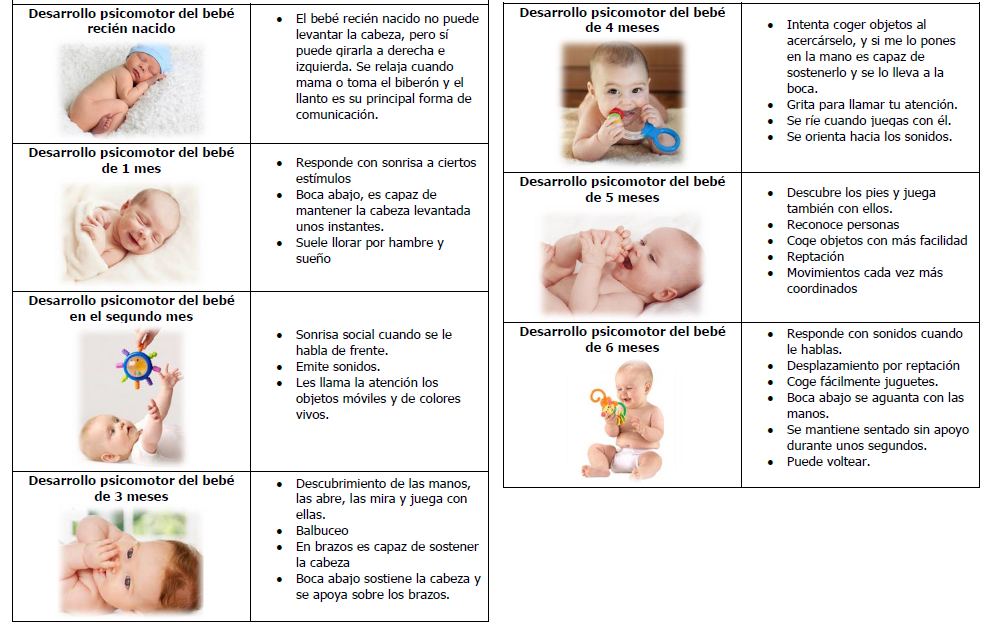
7. Darle muñecos que tengan movimiento.
Nosotras podemos nombrar cada parte del cuerpo y crear historias con los muñecos.
8. Cantar canciones.
La música es una forma de expresión muy importante para el peque de esta edad, podemos bailar juntos o tocar con las manos un instrumento imaginario o cantar (con balbuceos) las canciones favoritas.
9. Jugar a la pelota.
Rebotar una pelota puede causarle mucha emoción y alegría, además le ayuda a fortalecer su motricidad fina y gruesa.
Fuentes: Mayo Clinic
Revisado por Karen Zaltzman, Pedagoga especialista en crianza.
Abril 8, 2020
Preescolares
Por Naran Xadul
Lo que sucede cuando los niños juegan con muñecas
Primeros meses
Por Naran Xadul
Los primeros pasos de mi bebé
Vida de mamá
Por Naran Xadul
Mamá: Para poder cuidar, tú también debes sentirte cuidada
Criando con consciencia
Por Naran Xadul
Conectar para educar
Vida de mamá
Por Naran Xadul
Prepara tu botiquín para los cambios estacionales
Preescolares
Por Naran Xadul
Loncheras y tuppers para un lunch de 10
Preescolares
Por Naran Xadul
¿Cómo elegir mochila?
Estimulación y juego
Por Naran Xadul
Tipos de aprendizaje
Preescolares
Por Naran Xadul
¿Qué tipo de aprendizaje tiene tu hijo?
Preescolares
Por Naran Xadul
Contesta estas preguntas y te diré qué tipo de aprendizaje tiene tu hijo
¿Qué te interesa?
Search
Sep 30
Hola querida amiga (o) que gusto poder estar contigo y al mismo tiempo apoyarte en lo que pueda con estimulación temprana tu bebé de 11 meses de edad.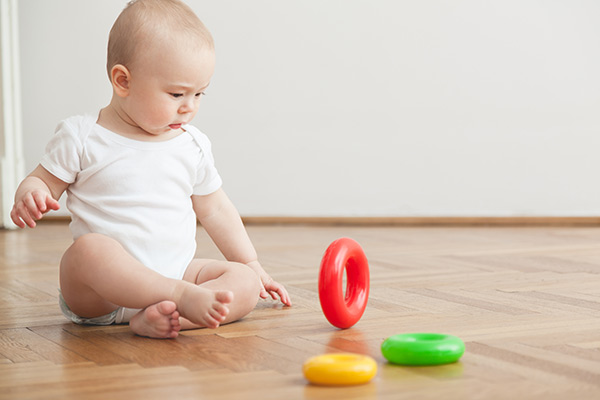 Ahora vamos a hablar sobre los ejercicios que puedes hacer con tu bebé para ayudarlo en su desarrollo.
Ahora vamos a hablar sobre los ejercicios que puedes hacer con tu bebé para ayudarlo en su desarrollo.
 Pídele que saque los objetos que metió, guíalo de tal modo en que se dé cuenta que para sacarlos, debe voltear la botella boca abajo para que salgan.
Pídele que saque los objetos que metió, guíalo de tal modo en que se dé cuenta que para sacarlos, debe voltear la botella boca abajo para que salgan.
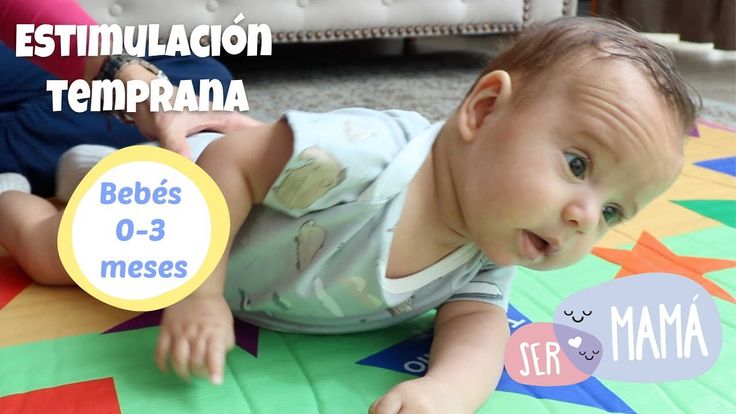 Puedes añadirle palitos de paleta y objetos que no representen peligro, para que los encaje y los saque de la masa.
Puedes añadirle palitos de paleta y objetos que no representen peligro, para que los encaje y los saque de la masa.
Te puede interesar: Desarrollo de tu bebé de 11 meses
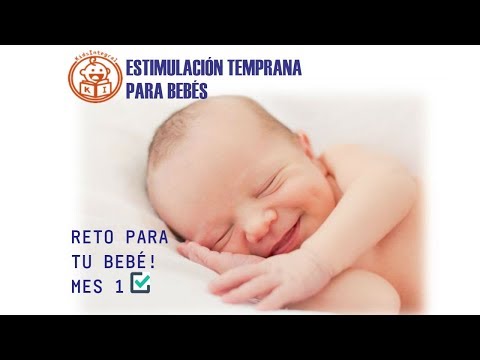 , para que él lo haga por imitación y vea que con el mismo juguete puede hacer muchas cosas. Puedes hacerlo con cualquier juguete.
, para que él lo haga por imitación y vea que con el mismo juguete puede hacer muchas cosas. Puedes hacerlo con cualquier juguete.
Hasta la próxima querida amiga (o), espero que todo lo que hemos visto sea de utilidad para ti. Te deseo como siempre la mejor suerte y lo mejor de lo mejor. Que pases excelentes días….con cariño… tu amiga Maty.
¿Te gustó el artículo? ¡Regálanos un like o compártelo a tus conocidos!
Compartir en WhatsApp
También te puede interesar:
8 a 12 meses Bebé Blog8 a 12 bebe estimulacion estimulacion temprana
Interval between dates
End date
|
Include start date Include end date Calculation is possible from 01/01/1992 Calculation is possible from 01/01/1992 The end date of the period cannot be earlier than the start date of the period The period is not included or is partially included in the calculated period The period intersects with another period |
nine0025 |
add subtract
calendar days working days weeks
Include start date
Calculation possible from 01. 01.1992
01.1992
|
nine0003 Calculation is possible from 01/01/1992 Calculation is possible from 01/01/1992 The end date of the period cannot be earlier than the start date of the period The period is not included or is partly included in the calculated period The period overlaps with another period |
|
Calculation of values before 01/01/1992 is not performed
End date, taking into account non-working days established by Decrees of the President of the Russian Federation*
The calculator does not take into account additional non-working (holiday) days of the constituent entities of the Russian Federation and non-working days that may be introduced in the constituent entities of the Russian Federation in connection with the spread of coronavirus (for example, Decree of the Mayor of Moscow dated 12.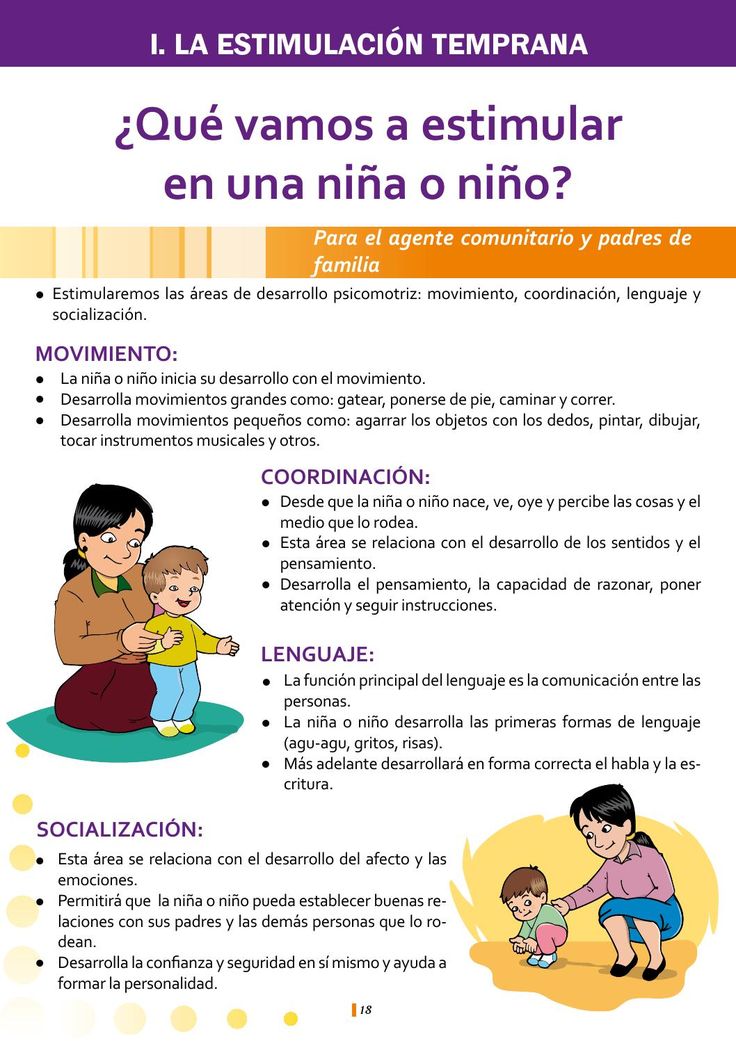 06.2021 No. 29-MIND).
06.2021 No. 29-MIND).
Days March 30 to April 30, 2020, May 6 to May 8, 2020, June 24, 2020, July 01, 2020, May 4 to May 7, 2021, October 30 to November 7, 2021 were declared non-working by Decrees of the President of the Russian Federation dated
03/25/2020 No. 206,
from
04/02/2020 No. 239,
from
April 28, 2020 No. 294,
from
29.05.2020 No. 345,
from
06/01/2020 No. 354,
from
04/23/2021 No. 242,
from
20.10.2021 No. 595.
Managing your personal finances can be challenging, especially if you need to plan your payments and savings. Excel formulas and budget templates help you calculate the future value of your debt and investments, making it easy to calculate the time it takes to reach your goals. Use the following functions:
Use the following functions:
PMT : Returns the periodic payment amount for an annuity based on a constant payment amount and interest rate.
NPER : Returns the number of payment periods for an investment based on regular, constant payments and a constant interest rate.
BS : Returns the future value of an investment subject to periodic equal payments and a constant interest rate.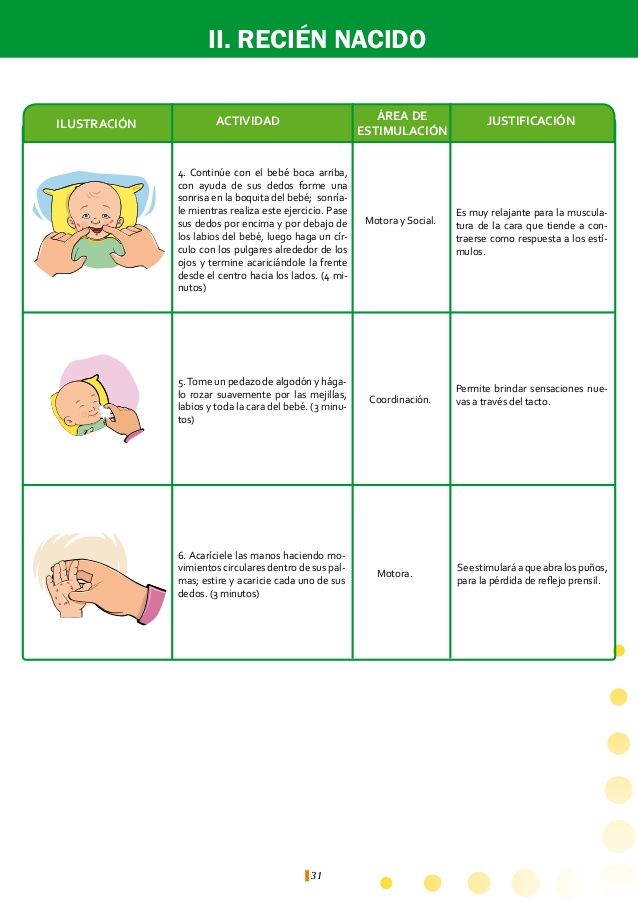
nine0079 Calculation of monthly payments to pay off credit card debt
Assume the balance payable is $5,400 at 17% per annum. Until the debt is fully repaid, you will not be able to pay by card for purchases.
Using the PMT(Rate;NPER;PV) function
=PMT(17%/12;2*12;5400)
we receive a monthly payment of 266.99 US dollars, which will allow you to pay off the debt in two years.
The rate argument is the interest rate for the loan repayment period. For example, in this formula, the rate of 17% per annum is divided by 12 – the number of months in a year.
The NPER argument 2*12 is the total number of loan payment periods.
The PV or present value argument is $5,400. nine0004
Calculating monthly mortgage payments
Imagine a $180,000 house at 5% interest for 30 years.
Using the PMT(Rate;NPER;PV) function
=PMT(5%/12;30*12;180000)
received the amount of the monthly payment (excluding insurance and taxes) in the amount of 9$66.28.
The rate argument is 5% divided by 12 months of the year.
The NPER argument is 30*12 for a 30-year mortgage loan with 12 monthly payments payable within a year.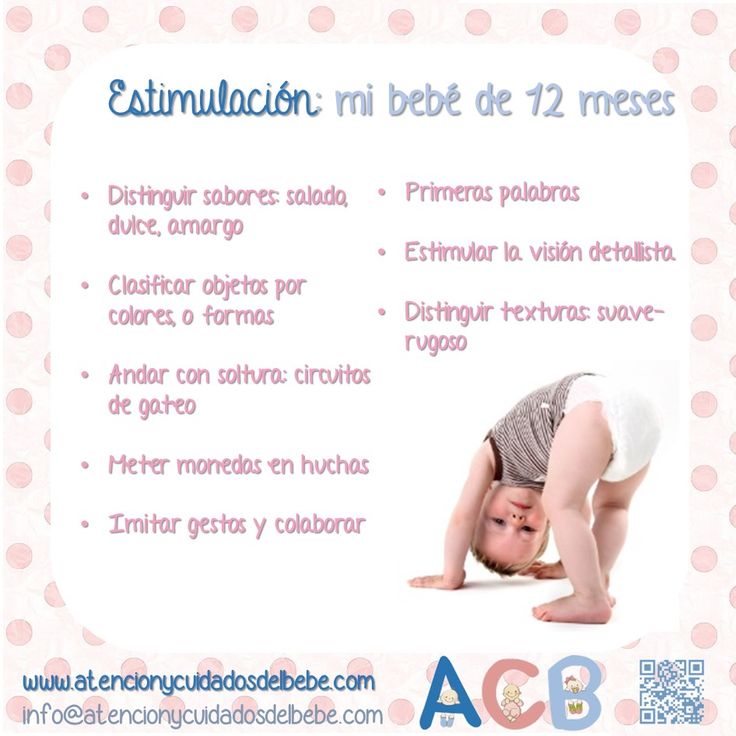
The PV argument is 180,000 (the current loan amount).
nine0082
Calculate the amount of monthly savings required for vacation
Need to raise money for $8,500 vacation over three years. The savings rate is 1.5%.
Using the PMT(Rate;NPER;PS;BS) function
=PMT(1.5%/12;3*12;0;8500)
we get that in order to collect 8500 US dollars in three years, it is necessary to save 230.9$9 monthly.
The rate argument is 1.5% divided by 12 months, the number of months in a year.
The NPER argument is 3*12 for twelve monthly payments over three years.
PV (Present Value) is 0 because it starts from zero.
nine0082
The FV argument (future value) to be reached is $8,500.
Now, let’s say you want to raise $8,500 for vacations over three years and you’re wondering how much you need to put into your account to make your monthly contribution $175.00. The PS function will calculate the size of the initial deposit, which will allow you to collect the desired amount.
Using the function PV(Rate;NPER;PMT;BS)
=PS(1.5%/12;3*12;-175;8500)
, we learn that an initial deposit of $1,969.62 is required to be able to save $175.00 per month and raise $8,500 over three years.
The NPER argument is 3*12 (or twelve monthly payments over three years). nine0004
The PMT argument is -175 (to save $175 per month).
FV argument (future value) is 8500.
Calculation of consumer loan maturity
Imagine you have taken out a $2,500 consumer loan and agreed to pay $150 monthly at 3% interest. nine0004
Using the NPER(rate;PMT;PV) function
=NPER(3%/12;-150;2500)
we find out that it takes 17 months and several days to repay the loan.
The rate argument is 3%/12 monthly payments per year.
The PMT argument is -150.
nine0082
PV argument (present value) is 2500.
Calculation of the amount of the first installment
Let’s say you want to buy a car worth $19,000 at 2.9% per annum over three years. You want your monthly payments to be around $3,500 per month, so you need to figure out how much your contribution is. In this formula, the result of the PV function is the loan amount, which is then subtracted from the purchase price to get the down payment. nine0004
Via function PV(rate;NPER;PLT)
\u003d 19000-PS (2. 9% / 12; 3 * 12; -350)
9% / 12; 3 * 12; -350)
we find out that the first installment should be 6946.48 US dollars.
The formula first enters a purchase price of $19,000. The result of the PS function will be subtracted from the purchase price.
The NPER argument is 3*12 (or twelve monthly payments over three years).
The PMT argument is -350 (you will need to pay $350 per month).
Assessment of the dynamics of savings increase
nine0004
Starting with $500 in the account, how much can you collect in 10 months if you deposit $200 per month at 1.